The Andyson N500 Titanium PSU Review: High Efficiency For The Common PC
by E. Fylladitakis on October 8, 2015 8:00 AM EST- Posted in
- Cases/Cooling/PSUs
- PSUs
- 500W
- Andyson
- 80Plus Titanium
The Andyson N500 Titanium PSU - External Appearance
If not for the side sticker indicating its Titanium status, the N500 could be easily mistaken for a run of the mill 500W PSU. It is very simple, without any important aesthetic enhancements, save from the sticker on the right side of the chassis. The chassis is sprayed with a satin black paint.
Another sticker is covering the left side of the chassis, with a table indicating the electrical specifications of the unit printed on it. Paying particularly close attention to asthetics, Andyson actually installed the N500 Titanium sticker upside-down so that when installed in a windowed left side panel, the visible sticker always appears right-side-up regardless of its orientation.
The rear of the PSU is of no interest, with a typical AC cable receptacle and on/off switch. A small metallic plate indicates that this is a "full range" model, i.e. it can operate on any consumer's electrical grid on the planet.
Only four connectors for the modular cables can be seen at the front side of the unit. The native fixed cables of the PSU, the ATX 24-pin and the CPU 12V 4+4-pin cables, exit from a hole near the edge of the unit. Just like the modular cables, these are very basic, with black sleeving covering color-coded wires. It is also interesting to note that the sleeving of the 24-pin cable was a little damaged near the hole, despite Andyson having a plastic protection ring installed.
The Andyson N500 Titanium PSU - Internal Design
Andyson rebranded the fan of the N500 Titanium and thus we could not safely identify its model. It is a 135 mm fan with a maximum speed of 1600 RPM and a power draw of 0.08 Amperes. It also appears to have a sleeve/fluid type bearing.
Andyson designs and creates their own PSUs, therefore there is no other OEM behind the N500 Titanium. There are some strange things to notice about the layout of this PSU, with the strangest of them all being its simplicity. The design is based on a half-bridge inversion stage with resonant conversion, which is good but atypically basic for such a high efficiency product.
Another strange part comes right after the filtering stage; there are not one, but two rectifying bridges. While the use of a standard bridge in a Titanium-grade unit is peculiar to begin with, the use of two bridges in a 500W unit is even stranger. With the current rating these bridges have, they could easily be used for a design with three times the power output. The bridges are attached on the heatsink with the APFC active components, one transistor and one diode.
The third peculiar thing about this unit is the presence of two Nippon Chemi-Con APFC capacitors, rated at 420V/270μF each. They are very high quality capacitors but their combined capacitance is far too high for a 500W PSU. Most of the secondary side capacitors are supplied by Nippon Chemi-Con as well, but we also spotted Toshin Kogyo (TK) products among them. TK may not be a very popular brand with computer PSU manufacturers but it is a reputable Japanese company. The polymer capacitors are all supplied by Teapo.
On the secondary side, the heatsink for the secondary converters surrounds the transformer's block. The transistors are not mounted directly onto the heatsink but beneath the main PCB, with a thermal pad transferring part of the heat to the chassis as well. Two small DC to DC conversion circuits generate the 3.3V and 5V voltage lines.
Finally, the assembly quality of the PSU is very good. The soldering job is excellent and everything seems well-secured. However, there is virtually no silicon glue in the N500 Titanium PSU. Manufacturers frequently use glue to mechanically secure components and prevent damage during transportation. This does not mean that the N500 Titanium can be easily damaged, but some glue on larger components would not hurt.


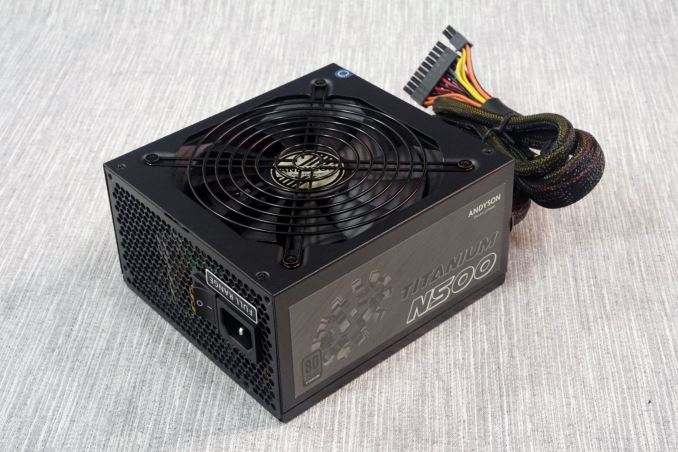
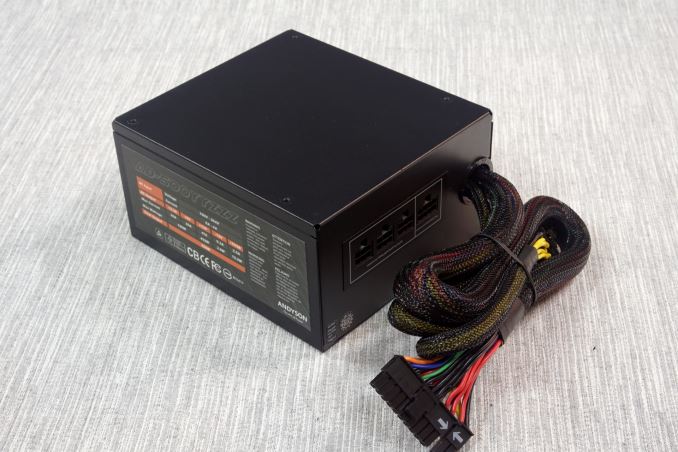

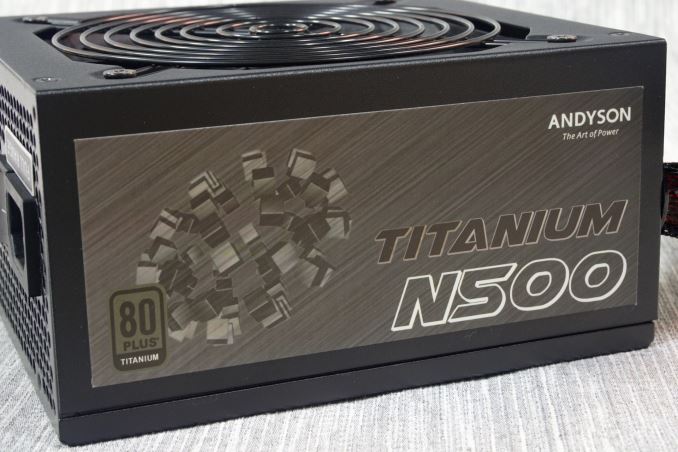
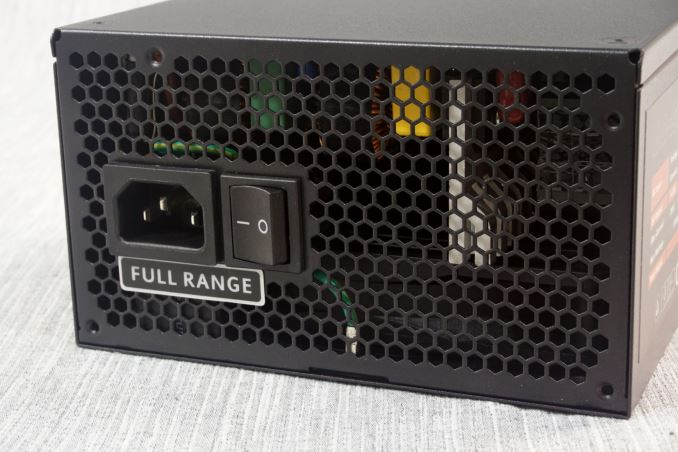
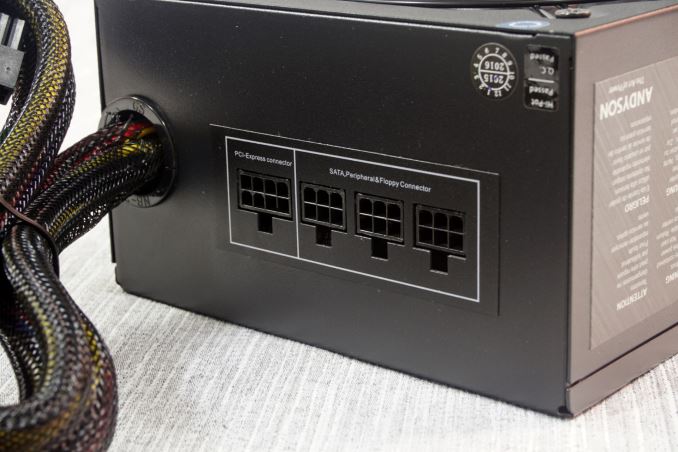
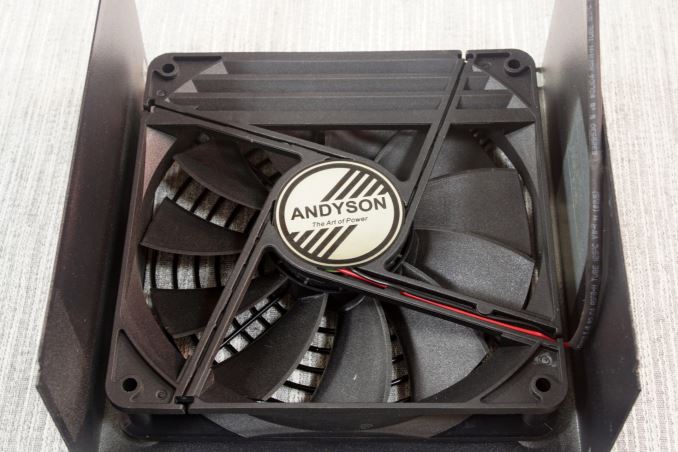
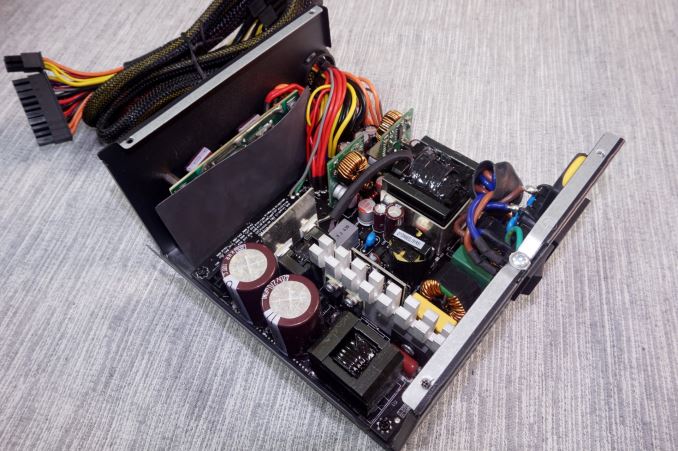
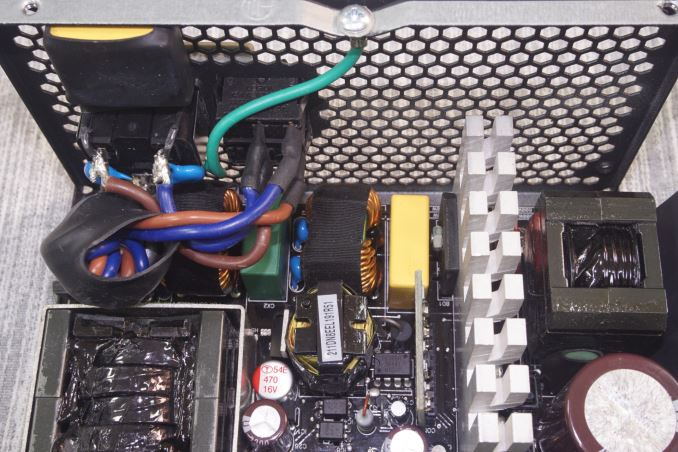















46 Comments
View All Comments
HOOfan 1 - Saturday, October 10, 2015 - link
What model? Most Thermaltakes I have seen are Channel Well Technology or Enhancechipped - Saturday, October 10, 2015 - link
Why the fuck are you all arguing about a difference of a few percent efficiency??? It's like a few bucks a year difference. If you want to save money then you're better off buying a proven and reliable brand that's going to outlive you.nem3sis - Saturday, October 10, 2015 - link
the point is not eficiency in low loads, to a true gamer playing every day this means a lot a money in power comsumtions this is the point.. =)nem3sis - Saturday, October 10, 2015 - link
nobody buys an PSU thinking in power consumtion in low loads for that just buy an 80 plus bronce.. ¬__¬AlB80 - Saturday, October 10, 2015 - link
Peak 45W of thermal energy and 135mm fan. Very strange.They can use 80mm with more optimal air flow and acoustic.
AlB80 - Saturday, October 10, 2015 - link
Oh. They can't. There is an additional card with connectors.